Update on Hookless Wheels
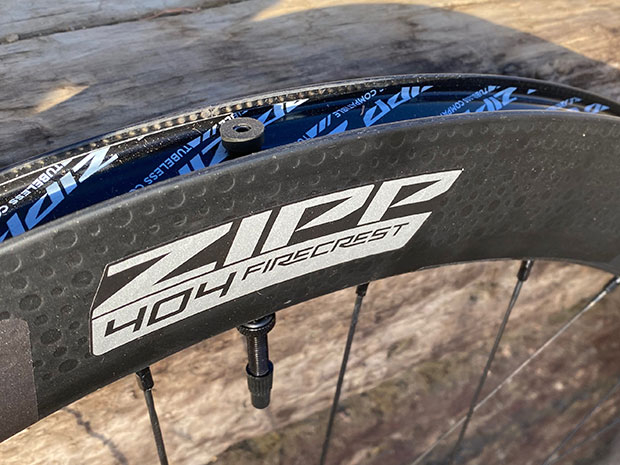
Included below are 3 updates to the hookless wheel drama. First is the result of the UCI’s promised overview of hookless safety. Second is a closer look at ideal pressures for hookless, and the convergence among several sources on the ideal pressures for road tubeless systems, hooked or hookless. Third is a synopsis of ENVE’s response to hookless handwringing.
At the end of March the Union Cycliste Internationale (UCI) announced its road hookless wheel guidelines, “short, medium, and long term.” The upshot is, nothing materially changes (which in my view is the correct decision). In the “short term” the UCI reminded teams and riders that they must comply with the ISO standards regarding wheels. The UCI appeared to say that the ISO standards are preeminent when these conflict with those published by the ETRTO. “Further information on articles 1.3.018 and 1.3.002 of the UCI Regulations, which both refer to the ISO standards mentioned, is available in the Technical Regulations Clarification Guide."
Medium term: SafeR, the UCI’s program launched in June of last year to help make cycling competitions safer for riders, will study hookless and report back with an eye toward necessary changes for the 2025 season. Long term the UCI “will carry out an in-depth analysis.”
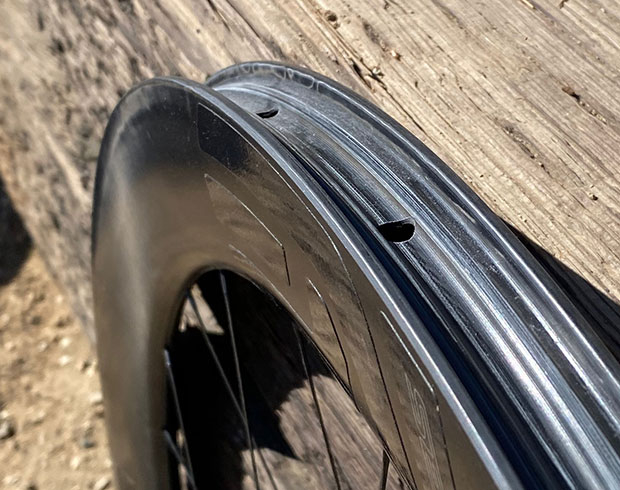
As to pressures, manufacturers of hookless wheels maintain tire pressure charts and calculators and if you look just at the 28c tire size there’s quite a bit of congruence in recommended ideal pressures. What’s most typical is 61psi plus or minus, perhaps add a pound or 2 for the rear tire and subtract same for the front on a road bike (for TT bikes the pressure is identical front and rear if the rim width and tire size are the same for both wheels). This might seem to conflict with, most notably, the Silca Tire Pressure Calculator, which would output an ideal pressure of more like 76psi depending on road surface, speed, tire construction, rider ability and other factors. This is not only a significant departure from what ENVE, Zipp and CADEX recommend, it places the ideal pressure for that system above the ETRTO’s 5 bar max for a hookless system (72.5psi).
But Silca’s tire pressure calculator doesn’t measure nominal (named) tire sizing, as these manufacturers do, but measured tire size. Why this matters is that tire makers most generally (and especially if they follow industry guidelines) size their tires when those tires are placed on a rim measuring 19mm of inner bead width. Leading road hookless wheel makers have produced few models over the past 3 years with inner bead widths narrower than 22.4mm. It’s this (with some CADEX wheels) or 23mm, or 25mm. A generally accepted rule of thumb is that a tire is going to grow in measured width by at or close to 1mm for every 2mm of additional rim inner bead width. So, a tire named 28mm by a tire maker is supposed to measure 28mm on a 19mm rim. On a 23mm rim that 28c tire will likely measure 30mm in width. Indeed, a set of Goodyear SuperSport R tires, 28c, mounted on a set of Zipp 404 Firecrests (23mm inner bead width) in my workshop measures exactly 30mm when inflated to 60psi. When that 30mm tire width is plopped into the Silca Calculator the ideal pressure drops 10psi, to 66psi (filter-dependent).
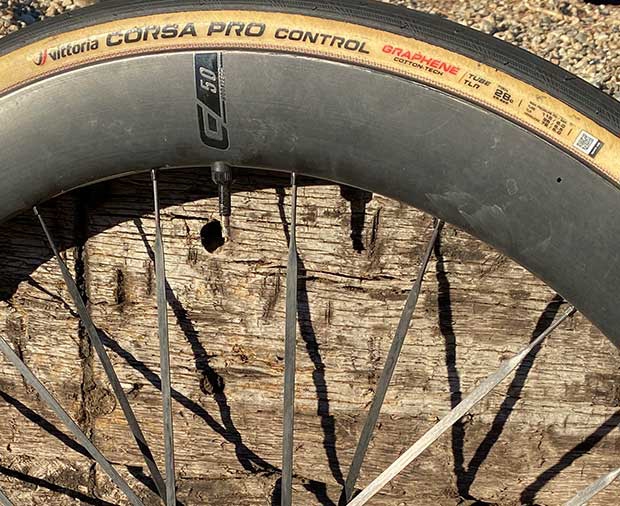
A Vittoria Corsa Pro, and a Corsa Pro Control, in the 28c size mounted on a CADEX 50 Ultra (22.4mm inner bead width) inflated to 60psi measures slightly smaller but still between 29mm and 30mm.
This makes wheel makers and Silca almost congruent. Now the delta is 5 – 7psi. (If you place "thin" in the tire casing field on Zipp's tire pressure calculator Silca and Zipp output almost identical pressures.) Still, why do the wheel makers feel their 57psi to 62psi is closer to the mark for a 28c tire on their wheels rather than Silca's mid/high 60s psi? Two reasons. First, their pro teams, in their own testing, find the lower pressures yield a better performance outcome. Second – and this may help explain the team results – the tire brands to which I spoke will remind you that the difference between 66psi and 61psi on that tire is less than a watt. But the difference in watts in those 2 pressures may jump to 8 or 10 watts when a rider goes over a bumpier section of road even as that road is otherwise smooth. These manufacturers say that, on balance and over the course of a ride, the lower pressure produces better race results. It is common, once the system includes a tubeless 30c or 32c tire (often used in the spring classics ongoing now), for the pressures to be 40-something psi. From the manufacturers' perspective the focus on the 5 bar max pressure for hookless is misplaced (if you're talking a 28c tire and larger). On the wheels they make ideal pressures come nowhere near approaching 5 bar.
ENVE appears to have grown tired of what it considers misinformation about road hookless, and has produced a blog post explaining the benefits of hookless technology. Cynics have had free reign to frame the narrative around hookless and ENVE took on the specific charge that the only value for for hookless is that the wheel is “less expensive to manufacture.” In Hookless Rim Technology 101 ENVE noted it has “performed over 1,000 tests with tubeless tires.” Slowtwitch has toured the ENVE test lab and viewed blow-off tests performed there, and a video we shot is below.
ENVE explained how tires work in general which grants them the right, in their view, to state that “in a correctly designed tubeless system, the tire’s bead should never lift off of the rim’s bead seat. Therefore, the need for a hooked bead is unnecessary.”
ENVE goes on to say what we have said here, that the ISO 4210 standard mandating that a tire must stay on a hookless rim for 5 minutes after inflated to 110% of the tire’s max pressure for that system is “widely known to be an inadequate test.” In fact, no reputable manufacturer uses that standard. In my opinion all reputable manufacturers of tires and wheels should (and most do) test to at least 150% of the max pressure that tire is supposed to see in a hookless system, and ENVE seems to agree, stating that, “for a 28mm tire to be listed as “Approved/Recommended” on ENVE’s Tire Compatibility Chart, the tire in question must achieve 120 psi or 165% of the stated ETRTO/ISO max pressure of 5 bar/72.5 psi.”
As regards to ideal pressures, ENVE wrote in its blog post the same thing I’ve been hearing from other manufacturers, citing their experiences with their pro teams: “Ask our professional road racers whose livelihoods and results depend on it. Our UAE Team Emirates, Team TotalEnergies, and Polti-Kometa riders typically ride pressures between 52-65 psi/ 3.4-4.5 bar in a 28-30mm tire.”
Finally, when it comes to the benefits of hookless ENVE cites precision, rim strength, tire/rim fitment, reduced likelihood of pinch flat, and the capacity to make a lighter and more aero overall system (especially if the tire is made specifically for this kind of system).



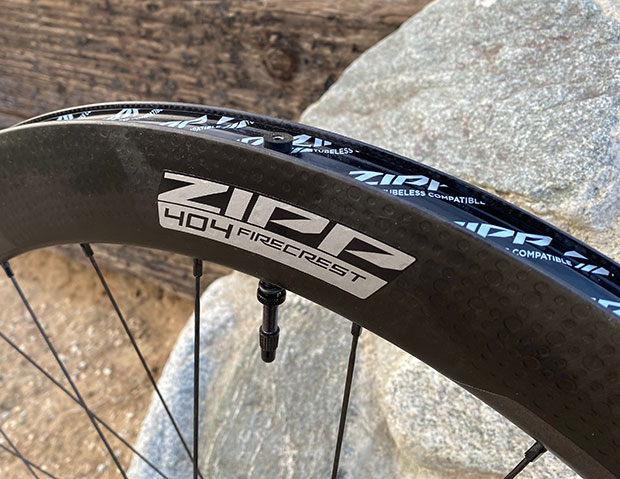
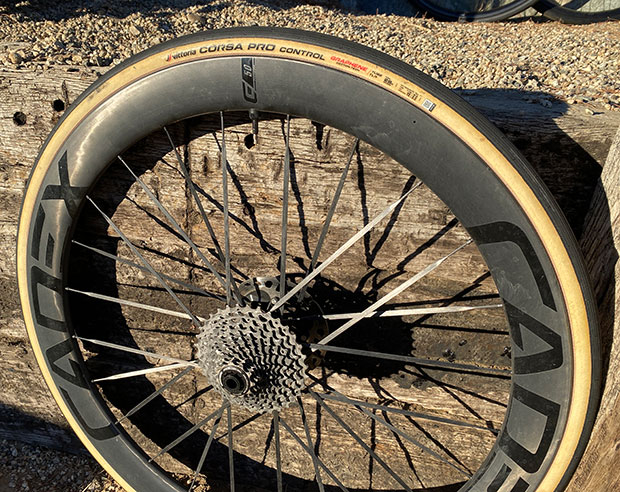
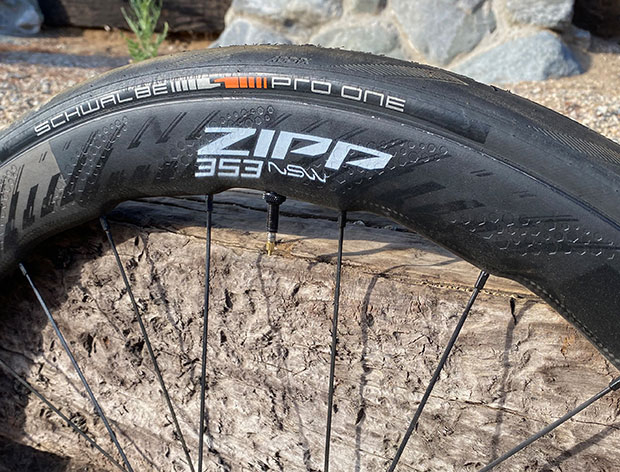

Start the discussion at forum.slowtwitch.com